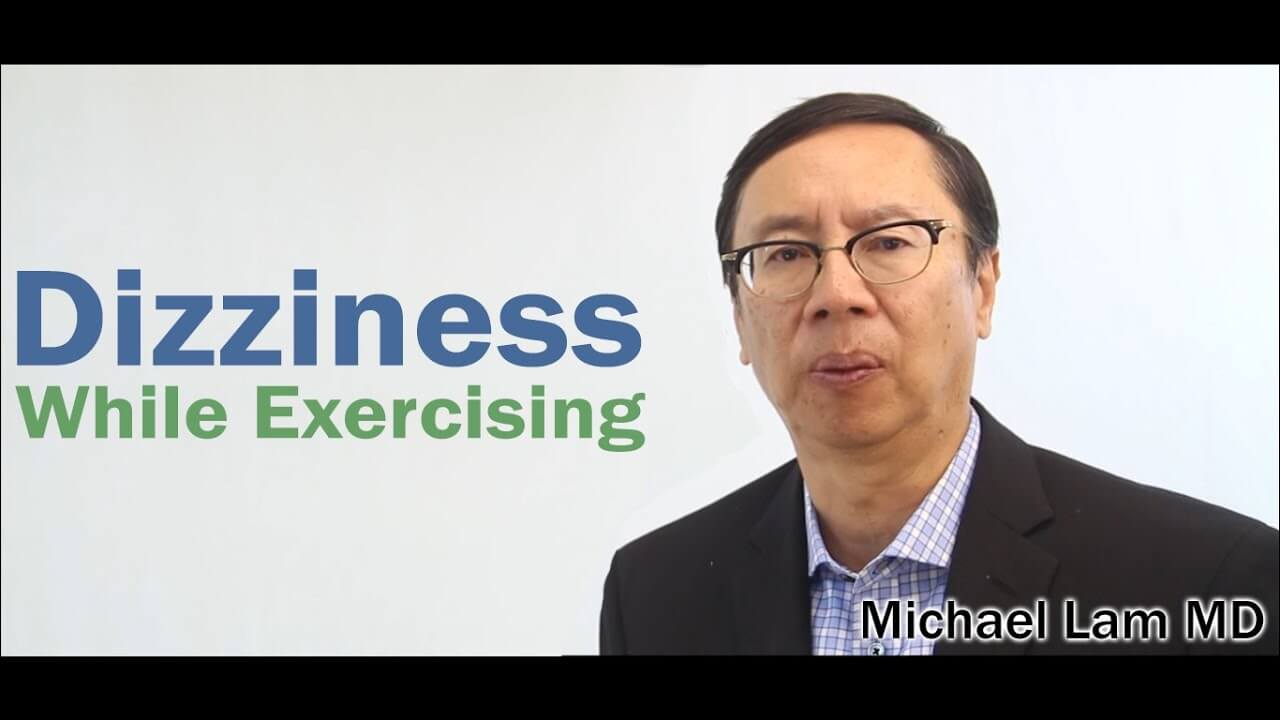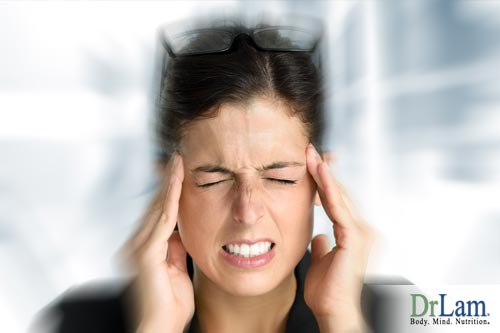
 Postural blood pressure is a sudden fall in blood pressure that occurs during certain movements and changes in posture.
Postural blood pressure is a sudden fall in blood pressure that occurs during certain movements and changes in posture.
In this article, we will discuss the causes of postural blood pressure, the relationship of postural blood pressure to adrenal fatigue, and some things you can do to find relief from the symptoms of postural blood pressure.
Blood pressure is the force put on artery walls as the heart pumps blood to provide oxygen and energy to the rest of the body. It is regulated by signals sent back by the arteries in response to this blood flow.
There are two types of blood pressure: systolic and diastolic.
Systolic blood pressure is the amount of pressure the blood is putting on the artery walls during a heartbeat, and it is the upper number on a blood pressure reading. Diastolic blood pressure is the amount of pressure the blood is putting on the artery walls after a heartbeat, and it is the lower number on a blood pressure reading.
Blood pressure is measured in mmHg, meaning millimeters in mercury.
Though both systolic and diastolic should be given attention, the systolic number is considered the more important gauge of possible cardiovascular disease.
Up to 120 mmHg systolic over 80 mmHg diastolic is considered normal; anything above indicates hypertension (high blood pressure). Although lower numbers are also healthy, when blood pressure is too low it indicates hypotension, which is actually only defined through its symptoms, not by numbers. Hypotension is dependent on the individual and is not a generalized number.
It is interesting to note that low blood pressure for one person could be normal for another. For example, if you normally have hypertension, and for some reason your blood pressure drops to what we would be considered as a healthier level - you may feel symptoms of low blood pressure.
Symptoms of low blood pressure include:
When a drop in blood pressure happens, the Autonomic Nervous System (ANS) launches a mechanism to compensate for the drop. This may cause symptoms as well - like heart palpitations, increased heart rate, increased strength of heartbeats, faster breathing and even fainting.
Low blood pressure can be caused by many factors, such as dehydration, low blood sugar, exposure to heat, adrenal weakness, low salt intake or postural changes.
With postural blood pressure, or orthostatic hypertension as it is also called, there is no cause for alarm when it is mild because the body self compensates automatically. However, if you experience symptoms frequently or intensely, there may be more to it than simply standing up too quickly.
When your head is below a certain level, in order to get more blood to your brain so you don’t faint, your blood vessels automatically constrict. When this mechanism is defective or not functioning optimally, or if the movement is too quick for the blood vessels to constrict in time, your blood pressure drops suddenly.
 You can start to feel dizzy, or like the room is spinning. You may also experience nausea, get headaches, and in severe cases, you can faint.
You can start to feel dizzy, or like the room is spinning. You may also experience nausea, get headaches, and in severe cases, you can faint.
This is a common problem that many people experience when doing certain exercises where the head is in a specific position (usually below the heart). This is why it is called postural blood pressure, because it is caused by a postural change.
Postural blood pressure is often felt when suddenly standing up after lying down, for example. The blood ends up concentrated in the lower part of the body, like the legs, leading to less volume reaching the heart.
Although dizziness can have many causes, if you feel dizzy in a certain position during exercise, the first thing you have to do is get back to a position where your head is at the same level, or above, your heart.
As mentioned earlier, if you experience this situation frequently or if your symptoms are intense, it is important to then get medical checks including cardiac and neurological workups. These include making sure that your carotid blood vessels are okay, there are no blockages, and that you don’t have any type of arrhythmia that is causing your heart rate to be dysregulated during such exercises.
You also need to make sure that your ears and nose are fine and that nothing is affecting your balance, as that could also be a cause for your dizziness. Metabolically, you need to keep your blood sugar levels above a certain point. Finally, it may be a case of being on certain medications, such as alpha-blockers.
If all of these checks come out clean, then you will probably be told that this dizziness is posture related. If that is the case, there’s really not much you can do except make sure your head is always above a certain position when exercising.
Another thing that may be affecting your blood pressure and aggravating postural blood pressure symptoms is if you have adrenal fatigue.
Let’s say that you are experiencing frequent dizziness while exercising, so you’ve completed thorough medical examinations and everything came out okay. The next factor you might want to consider is whether or not you are suffering from adrenal fatigue because it is a very common condition that usually goes undetected.
Adrenal Fatigue Syndrome (AFS) occurs when the adrenal glands – two organs that are found on top of the kidneys – are overworked due to chronic stress. The adrenals produce over 50 different types of hormones, including cortisol, which is the body’s main stress-fighting hormone.
With chronic stress, whether from physical, mental or emotional causes, an increased amount of pressure is put on the adrenals. In the first stages of AFS, cortisol output increases in order to meet the increasing demand for stress neutralization. After some time, the opposite occurs as the adrenals are exhausted and cannot produce enough cortisol anymore.
Cortisol is actually responsible for many important functions, such as: reducing inflammation, suppressing the immune system, regulating metabolism, maintaining healthy functioning of the heart and blood vessels, and maintaining blood pressure.
 So it goes without saying that changes in cortisol levels will bring about changes in blood pressure.
So it goes without saying that changes in cortisol levels will bring about changes in blood pressure.
The other key hormone that regulates blood pressure is aldosterone. Although both cortisol and aldosterone are secreted by the adrenal cortex, each one is directed by a different system – aldosterone is part of the Renin-Angiotensin-Aldosterone (RAS) system and cortisol is part of the Hypothalamus-Pituitary-Adrenal (HPA) axis.
Low secretion of either hormone will lead to low blood pressure.
The adrenal glands are only one part of the body’s overall stress response – The NeuroEndoMetabolic (NEM) Stress Response. The NEM is composed of six circuits, each one responding to stress through a network of systems and organs all working together.
These six circuits are the cardionomic, the metabolic, the hormonal, the inflammatory, the neuro-affective and the detoxification responses. Although the adrenals are the first line of defense when it comes to stress, prolonged or chronic stress can end up dysregulating the rest of the NEM, causing a host of other problems.
For example, a disruption of the cardionomic response can lead to changes in blood pressure, heart palpitations, cardiac arrhythmia, shortness of breath and dizziness. In more severe cases, atrial fibrillation can occur. These kinds of symptoms are seen in more advanced stages of AFS.
An overactive cardionomic circuit can put the body’s metabolism on overdrive, with no rest periods in between, and a continuously activated fight or flight response that can eventually damage the heart.
As you can see, blood pressure can be an indicator of adrenal fatigue, and stress does affect blood pressure. The causes of postural blood pressure may come from the relationship of postural blood pressure to adrenal fatigue.
Usually, when your body is under stress, and in the early stages of adrenal fatigue, your blood pressure will increase. This increase will be met with other responses meant to normalize your blood pressure. This cycle is normal and healthy, but if there is a disruption in the mechanism, consistently high blood pressure may ensue.
Now, once the adrenal glands are exhausted and unable to mount the response needed to maintain stable blood pressure, blood pressure will then drop. Although this low blood pressure is occurring even at rest, it will be even clearer during changes in posture.
In very advanced cases, some people cannot even stay standing for a long period of time. They will need to sit down frequently. At times they may end up in the emergency room - only to be sent home with no concrete diagnosis or solution.
This is why it is always better to check if you have adrenal fatigue as soon as you sense any symptoms, so that the condition does not advance to such challenging stages.
Multiple conditions can have very similar symptoms. If you’re not sure whether you have AFS or not, additional symptoms include:

What should you do if you are concerned about postural blood pressure? Some things you do may provide relief from the symptoms of postural blood pressure.
If you are suffering from adrenal fatigue and also experience postural blood pressure changes, you can find some relief by increasing your vascular volume by drinking more fluids and consuming more salt. If you find that you feel faint when exposed to too much heat, avoid saunas and sunbathing.
Also, pay attention to your blood sugar levels, and make sure you do not go too long without eating. In addition, make sure you don’t consume too much sugar, since this can actually produce a blood sugar crash after the initial spike.
You will also need to do the right kind of exercise for your condition; it is best to exercise with the correct frequency and intensity. Keep in mind that moderation is the order of the day.
The Good News: As you take care of your adrenals and your body starts to get stronger again, you will find that your postural blood pressure improves in tandem.
Here’s a common question: When should you take blood pressure medications and when should you try to solve this problem of postural blood pressure through a more holistic and natural approach?
If the situation is severe or if you feel that you might experience fainting (which can be dangerous and can cause injuries), taking medications has its place. In this case especially, regulating your blood pressure through conventional medication may be the way to go.
Make sure your doctors have a good understanding of your overall health and condition so that you get the right kind of medication.
The problem is that if you overregulate with medicine, you can become a little too calm and be even dizzier. In essence, this is a type of sedation that does not look at the underlying problem that may be causing your issues in the first place. If that underlying causality is not addressed and resolved, then that could be detrimental to your overall health.
If the underlying cause is simply a matter of insufficient salt, or perhaps adrenal weakness, then there are ways you can resolve these issues without taking medications.
 However, if you are older or have a previous history of heart disease, then you absolutely need to see your doctor and follow their medical guidance.
However, if you are older or have a previous history of heart disease, then you absolutely need to see your doctor and follow their medical guidance.
However, if it turns out to be a symptom of AFS, then getting lifestyle coaching to reduce stress and incorporate healthy habits might be the way to go. Nutritional coaching by someone who has experience with the adrenal fatigue diet can also be a great help. You will start to eat the right foods and take the right supplements.
Postural blood pressure is common and can be relieved, so don’t worry too much or feel like you can’t ever do your favorite yoga again. Just by educating yourself and taking simple steps, you can find much improvement.
